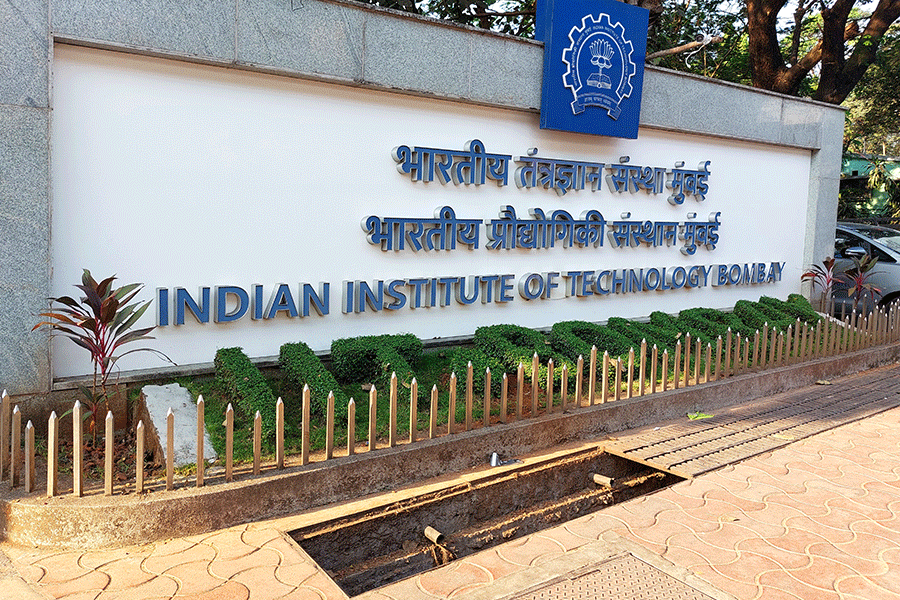 |
| A specimen of Einstein’s brain on a glass slide at an exhibition in London. (Reuters) |
London, March 28 (Reuters): We’ve pickled it, drilled it, mummified it, chopped it and sliced it over centuries, yet as the most complex entity in the known universe, the human brain remains a mysterious fascination.
With samples of Albert Einstein’s preserved brain on slides, and specimens from other famous and infamous heads such as the English mathematician Charles Babbage and notorious mass murderer William Burke, an exhibition opening in London this week is seeking to tap into that intrigue.
Curators say it reveals “the mind as matter” with a historical perspective on what humans have done to brains in the cause of medical intervention and scientific enquiry.
“(This) single fragile organ has become the object of modern society’s most profound hope fears and beliefs — and some of the most extreme practices and advanced technologies,” said Marius Kwint, the show’s co-curator, who spoke to reporters at a preview at the Wellcome Collection in central London. Scientists say the brain contains 100 billion nerve cells and some 100 trillion synapses.
Divided into four sections, the exhibition devotes a quarter of its space how brains have been preserved for posterity. Co-curator Lucy Shanahan said while specimens like the slices of Einstein’s brain can offer little in terms of how the great scientist’s brain managed to tackle such things as his Theory of Relativity, its preservation still makes people stop and think.
“It’s fascinating to be confronted with actual brains. When you see one, or part of one, in a jar or on a slide, in some ways it doesn’t reveal much at all — but at the same time it makes you stop and relate that to what’s going on inside your own head,” she told Reuters.










